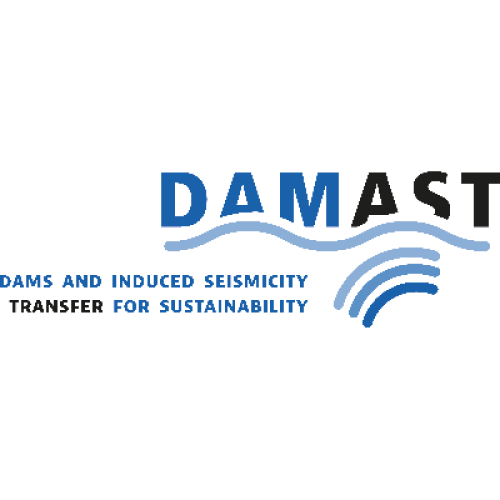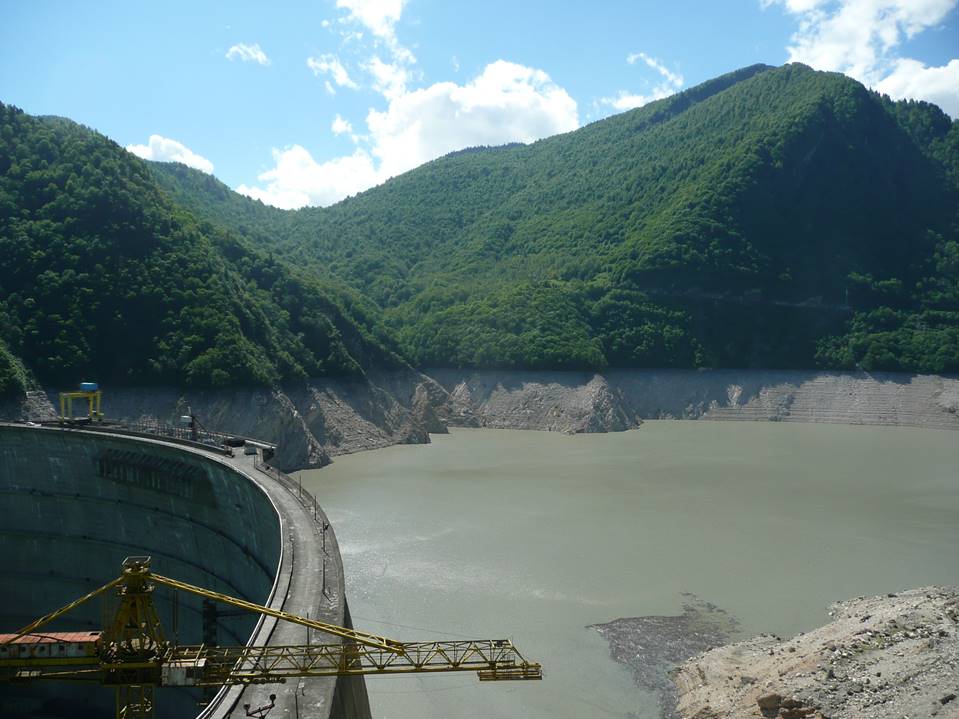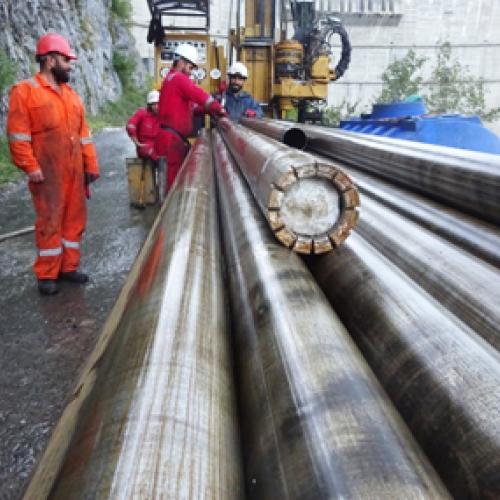

Affordable and clean energy
Good health and well-being
Climate action
Partnerships for the goals
Coordinator: Karlsruher Institut für Technologie – Institut für angewandte Geowissenschaften
Contact Person: Prof. Dr Frank Schilling
Address: Adenauerring 20b, 76131 Karlsruhe
Phone@tel
Email: Jessica.blackwell@kit.edu, birgit.mueller@kit.edu
Project partners
- ElfER Europäisches Institut für Energieforschung, Karlsruhe
- Piewak & Partner GmbH, Ingenieurbüro für Hydrogeologie und Umweltschutz, Bayreuth
Project partners in Georgia
- Geophysical Institute of Tbilisi State University
- European Centre on geodynamical Hazards of High Dams, Tbilisi
- Georgian Geophysical Association, Tbilisi
Project partners in Armenia
- GEORISK, Yerevan
Technologies for the Safe and Efficient Operation of Water Reservoirs
New dams are being built worldwide as part of the creation of a climate-friendly energy supply. In many places, natural or induced earthquakes, especially in combination with other extreme events such as heavy precipitation or landslides, are jeopardising the safety of dams and thus local populations. In the DAMAST project, German, Georgian and Armenian partners are examining the underlying processes as well as safety-relevant parameters of water reservoirs using the example of the Enguri Dam in the Caucasus. The project will develop transferable monitoring concepts for dams in tectonically active regions.
Safe and efficient power and water supply from dams
Many dams are located in seismically active regions worldwide. Even if the technical facilities are designed for such events, seismic activity in the immediate vicinity, so-called induced seismicity, can be triggered by operating activities on water reservoirs, endangering the population. For example, a 2008 earthquake in China, with more than 80,000 dead, is attributed to the filling of a large dam. Particular risk is caused by the simultaneous occurrence of several extreme events. For example, the combination of earthquakes, landslides or heavy precipitation with the unfavourable distribution of sediments in the water reservoir can lead to a sudden mobilisation and displacement of the sediments in the reservoir. This can lead to strain and possibly damage to dam walls.
The DAMAST project aims to make a contribution to the systematic reduction of hazards at water reservoirs as well as to their long-term and efficient operation. The objective is to develop monitoring concepts that can also be transferred to other dams in comparable locations. The project will be implemented using innovative methods for the collection and analysis of relevant data.
In addition to reducing the risks posed by natural hazards (earthquakes, landslides, heavy precipitation) and induced seismicity, DAMAST is dedicated to the long-term efficiency of reservoir operation. Due to so-called reservoir sedimentation, i.e. the filling of the reservoir with sediments, the bottom drains in the retaining walls are frequently impaired and significant losses of storage volume and thus a reduction in plant efficiency can occur after 40 to 50 years of operation. The construction of replacement storage also leads to high costs. Non-functioning bottom drains also endanger the operational safety of the system. Due to climate change, it is expected that the sediment influx into reservoirs worldwide will increase significantly in the future.
Monitoring on land, at sea and from space
Using the example of the Enguri Dam in the seismically active region of the North Caucasus, DAMAST will investigate which hazards arise through the operation of water reservoirs, such as initial filling or annual water level changes, and how these hazards can be reduced. A combination of innovative monitoring processes and consideration of model scenarios for the spatial and temporal development of seismicity and local and regional deformation of the dam and the surrounding terrain will allow for the derivation of suitable monitoring measures. This will also form the basis for developing recommendations for dam operation and for improving risk management.
For a broader understanding of underlying processes that lead, for example, to seismic events, in particular as a consequence of cascade effects, DAMAST will first identify relevant key parameters. Different methods will be used in a modular monitoring concept for the acquisition of seismological, meteorological, geodetic and geological data and for the recording of sediments and changes to the dam structure. These include remote sensing techniques, well logging, modern seismic recording techniques, terrestrial radar interferometry, underwater drones, multi-beam bathymetry, multi-frequency echo sounding and sampling for sediment characterisation, and novel mini-sensors. The monitoring of seismicity, deformations and pore pressure, which significantly influences induced seismicity, should provide information about correlations between water level in the reservoir and induced seismicity in the vicinity of the reservoir.

From monitoring to decision-making support
The results of the project should show if and how improved risk management can be implemented with an early warning system for assistance with decision-making. In this project, medium-sized companies and scientific institutions are working together on-site with logistical support form operating company Engurhesi. The recommendations developed will help Engurhesi with operational decisions and assist authorities and administrations in the use of suitable monitoring concepts as well as further reduce the risk to the population with early warnings. The project results should also benefit systems in comparable alpine and seismically active regions.
DAMAST: Drilling and well logging

